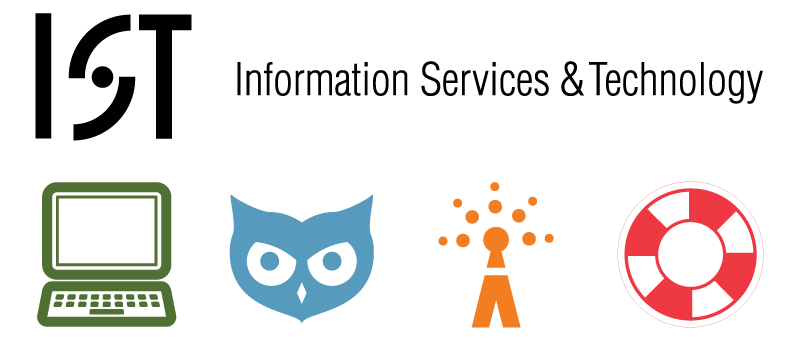
Monday
1. Getting up to speed on Sakai - Attended the overview. Has come a long way since 2.0 in terms of robustness, though the Portfolios (OSP) are now integrated into Sakai Average staff numbers needed to manage Sakai without using a complany support - 5 .. Sites with Rsmart as support needs 2
2. Google Sites /Using Wikis to teach
Ideas
- Write papers.. -- Teachers can comment along the way.
- Watch the process happen
- More work to support the writing
- Use it to create an exam review guide
- Let the students put up the questions and answers(
- Shows the instructor what the students have understood
- Answers to the study guide questions are very enlightening to the professor.
3. Google Sites -- Quite powerful.
- Enable you easily include blogs wikis etc.
- An easy way to create a quite and dirty website with a lot of power
- Google Wave.. - Joint notes
- coverit live
- Knol
- Google Sense in the spreadsheet
- Google Lookup in the spreadsheet
4. Google Reader to bundle RSS feeds. Can RSS bundles be created out of google reader.. Feed Reader Lite ,
5. Web 2.0 collaboration.
Interdisciplinary Collaboration Fund (2.0) rji.missouri.edu iifund.missouri.edu
newzie
TAKE AWAY FROM THE DAY FOR ME --
Check out Google Wave and many other Google Tools!
Investigate wikis that create cognition audit trail (Eg ask the students to create a study guide)
Tuesday
Digital Life - Outside of the class -- Emerging Technologies in Education Technology
Web 2.0
Frontend - is interesting
- Sharing(social bookmarking, photo/video sharing, social networking, Writers workshop)
- Thinking (Blogs, Podcasts,on-line discussion)
- Collaborating
Backend - is the opportunity
- Allows us to create maps to see how knowledge is created.
- http://edtags.org
- Can now have a cognitive audit trail
--------
Henry Jenkins - Framework for New literacies, Leu's Charecteristics of New Litaracies
Web 2.0 redefines What, How and With Whom we Learn
Web 2.0 is easy to use but difficult to use "well"
- Effective use of Web 2.0 media requires fluency in their rhetoric.
- A good web 2.0 based teaching will need to help students understand difference between data and information.. understanding inconsistencies and inaccuracies...
- Thanks to Web 2.0 Epistemology of knowledge has changed.. How you get to knowledge has changed
-----------
"Overlay Devices"
Augmented reality for entertainment and learning - Combining real world and virtual world.
Download video Rukus reward.
------------
HARP - Handheld Augmented Reality Project
Alien Contact --
Dependent augmented reality rather than independent augmented reality
------
Next Generation - Immersive Learning.
Virtual ecosystem (MUVE) - Multi User Virtual Environment
-----
Situated Learning
-------
A difference model of pedagogy - Teaching Higher order things..
-----
Assessment --NSES Model of Inquiry.
-----Back End Architecture to support active learning
http://wws.nsf.gov/crsprgm/i-team/
Sakai CLE
Check out teach with Sakai innovation awards.
- Overall control in hands of space hands
- Embrace today's participatory culture
- Simple integration of common academic functions.
Approach to content Authoring
- WYSIWYG
- Blank Slate or Templates
- Wiki-like collaboration
Integrating interactive widgets
Academic Workflows often cross boundaries
Tools become more of an aggregate view
Academic Networking
Around Content (flickr del.icio.us) Around People (facebook, linked in)
Around activity --what will this be??
Future
- Instructor Connects with Colleague
- Students in each instructors courses given option to connect
- Project Teams are cross institutional